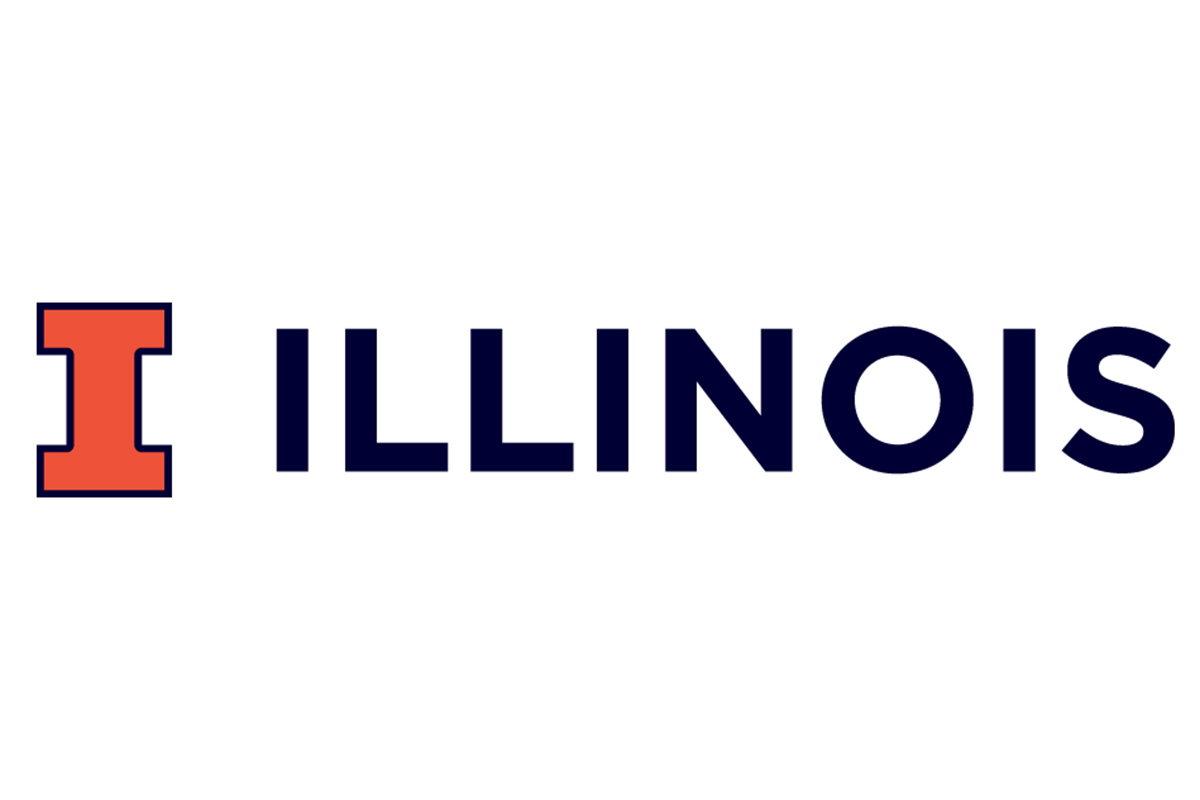
mi360world
Scalable Dissemination and Navigation of Video 360 Content for Personalized Viewing
Scalable Dissemination and Navigation of Video 360 Content for Personalized Viewing


|
mi360world
Scalable Dissemination and Navigation of Video 360 Content for Personalized Viewing |

|
| Home |
Research |
Publications |
Team |
Resources |
|
|
| This material is based upon work supported by the National Science Foundation under Grant Nos. (CNS-1901137 & CNS-1900875). Any opinions, findings, and conclusions or recommendations expressed in this material are those of the author(s) and do not necessarily reflect the views of the National Science Foundation. |